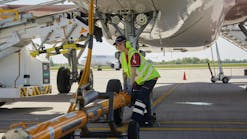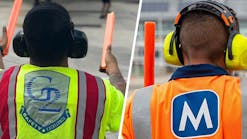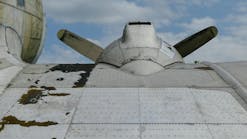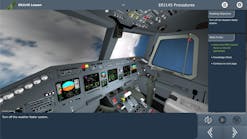The son of "The Big Bopper" has hired a forensic anthropologist to answer questions about how his father died in a 1959 plane crash that also claimed the lives of rock 'n' rollers Buddy Holly and Ritchie Valens.
Jay Richardson, who performs tribute shows as "The Big Bopper Jr.," hopes the autopsy will settle rumors a gun might have been fired on board the plane, and tell whether his father could have survived the crash and died trying to go for help.
"I'm not looking for any great bombshell, but then again you never know," Richardson, who performs tribute shows as "The Big Bopper Jr.," said in a recent phone interview from his home outside Houston.
Jay Richardson never knew his father, whose hits in the late '50s included "Chantilly Lace." His mother was pregnant with him when his father died.
The rock 'n' roll stars died on Feb. 3, 1959, when the four-passenger plane crashed after taking off from the Mason City, Iowa, airport - a tragedy memorialized as "the day the music died" in Don McLean's song "American Pie."
The group had been traveling by bus on their "The Winter Dance Party" tour in the Midwest, but Holly chartered the plane because the bus was cold and prone to breaking down. Waylon Jennings and Tommy Allsup, members of Holly's band, did not get on the plane after their last concert in Clear Lake, Iowa.
An autopsy was performed on the pilot's body, but not on the others.
In its accident report, the Civil Aeronautics Board said pilot error was the cause of the crash. The report did not mention a gun belonging to Holly that was found by a farmer two months after the crash.
Newspaper accounts of the gun discovery fueled rumors among fans that the pilot was somehow shot, causing the crash. The owner of the flying service added to the conspiracy theory by insisting his pilot was not at fault, saying the pilot must have been "incapacitated."
No one has ever proved a gun was fired during the flight.
Forensic expert Dr. Bill Bass, founder of the University of Tennessee research facility nicknamed the Body Farm, plans to study the remains in March. The facility specializes in studying different states of decomposition using human corpses scattered and buried around the grounds.
X-rays of the bones should be able to show if the Bopper was hit by a bullet because the lead in the bullet would leave debris.
Another curious finding at the crash was that Richardson's body was discovered nearly 40 feet (12 meters) away from the crash while the others were found in or near the wreckage.
Bass said examining the bones could determine whether the Bopper could have moved himself from the wreckage or if he was thrown by the force of the crash.
"I don't know how I would feel to know that my father died some other way than what I believed most of my life," Richardson said.
J.P. Richardson's remains will be exhumed from his grave in Beaumont, Texas, and then buried in another section of the cemetery with a life-sized statue. The decision to have his body examined came when the cemetery where Richardson was buried changed its policy to allow for aboveground memorials and offered to pay to have his body moved.
An in-ground plaque had originally been installed to mark Richardson's grave
"I don't think I would have exhumed my Dad to do this unless there was some evidence that would compel me to do that," Richardson said. "I had the opportunity to do something here that probably would never come up again, and I wanted to take advantage of it."
___
On the Net:
Big Bopper: http://www.officialbigbopper.com
News stories provided by third parties are not edited by "Site Publication" staff. For suggestions and comments, please click the Contact link at the bottom of this page.





